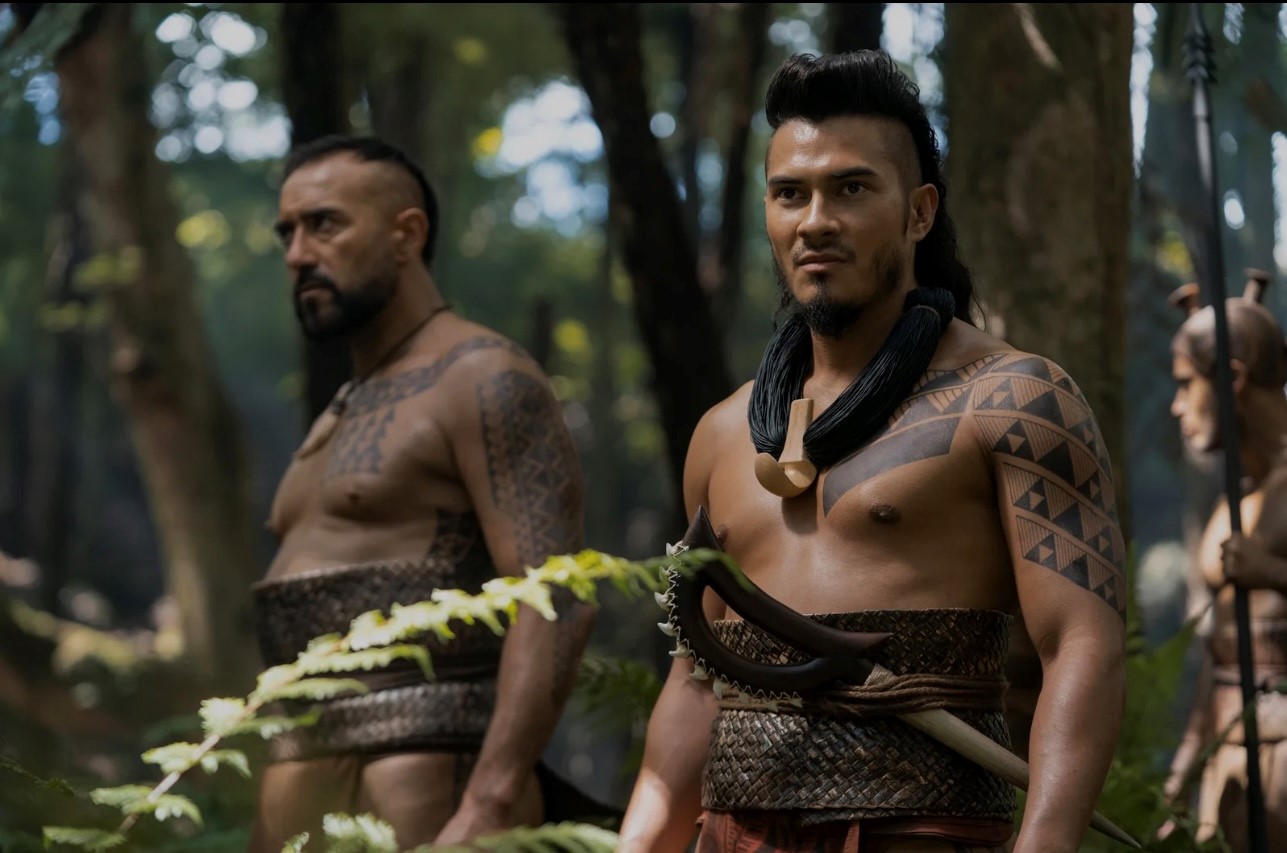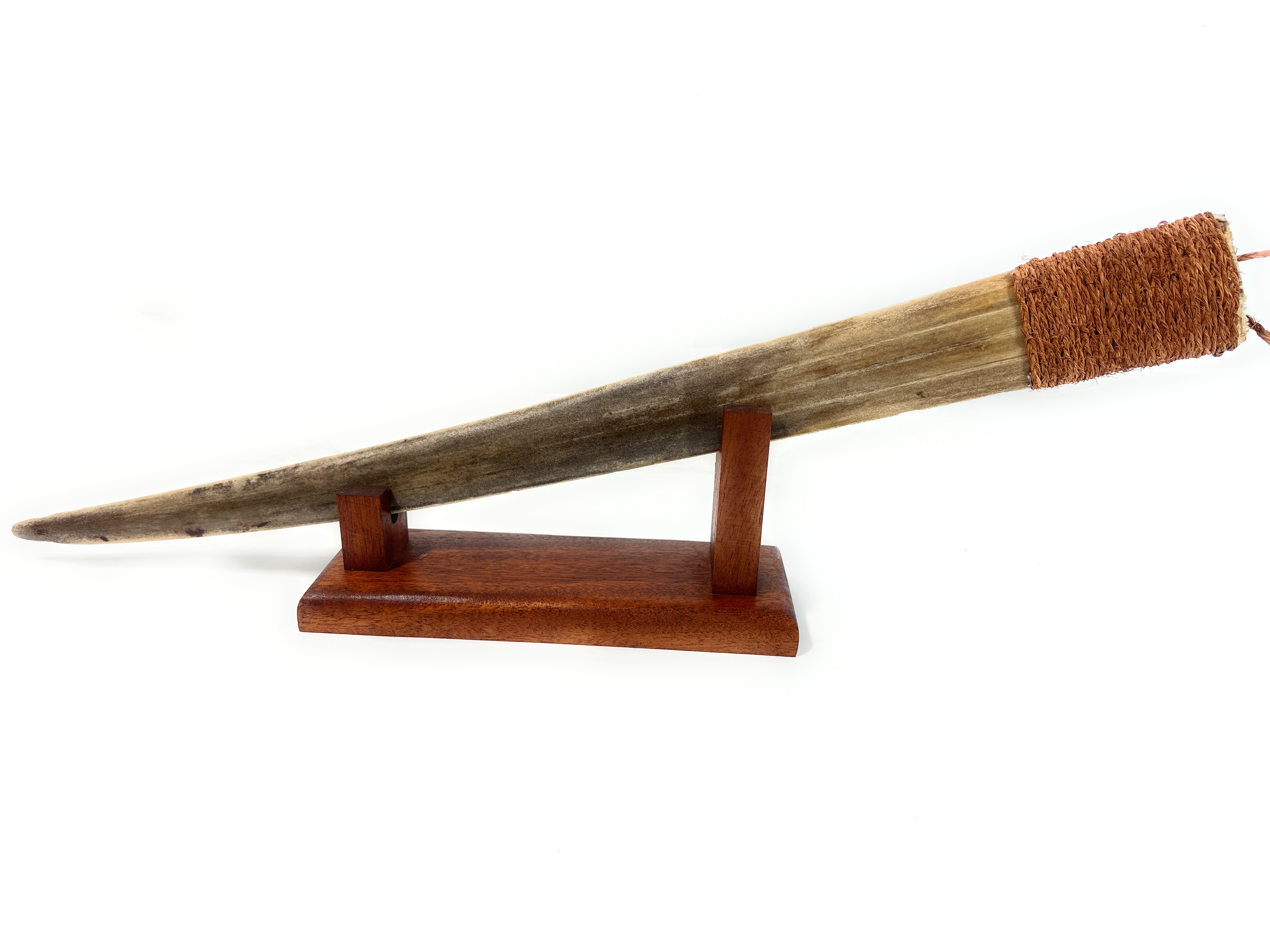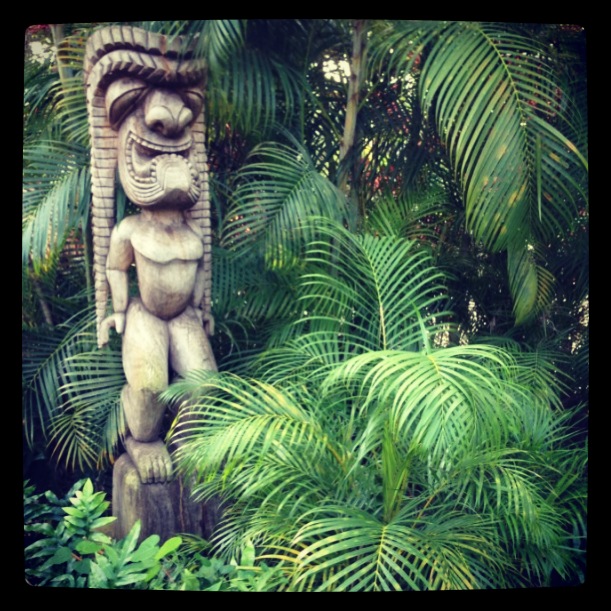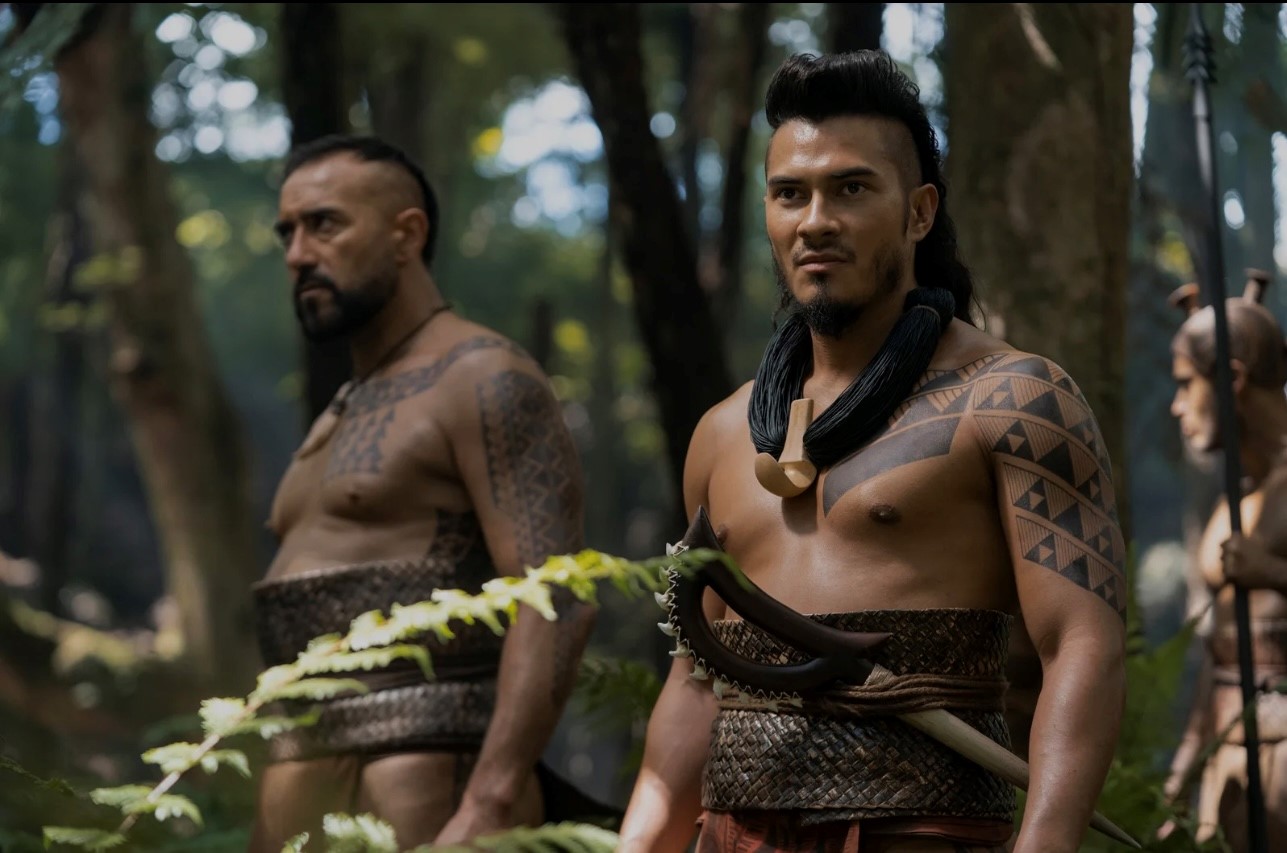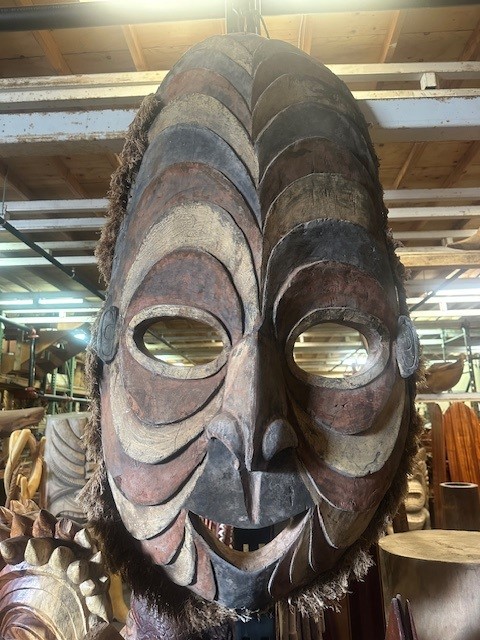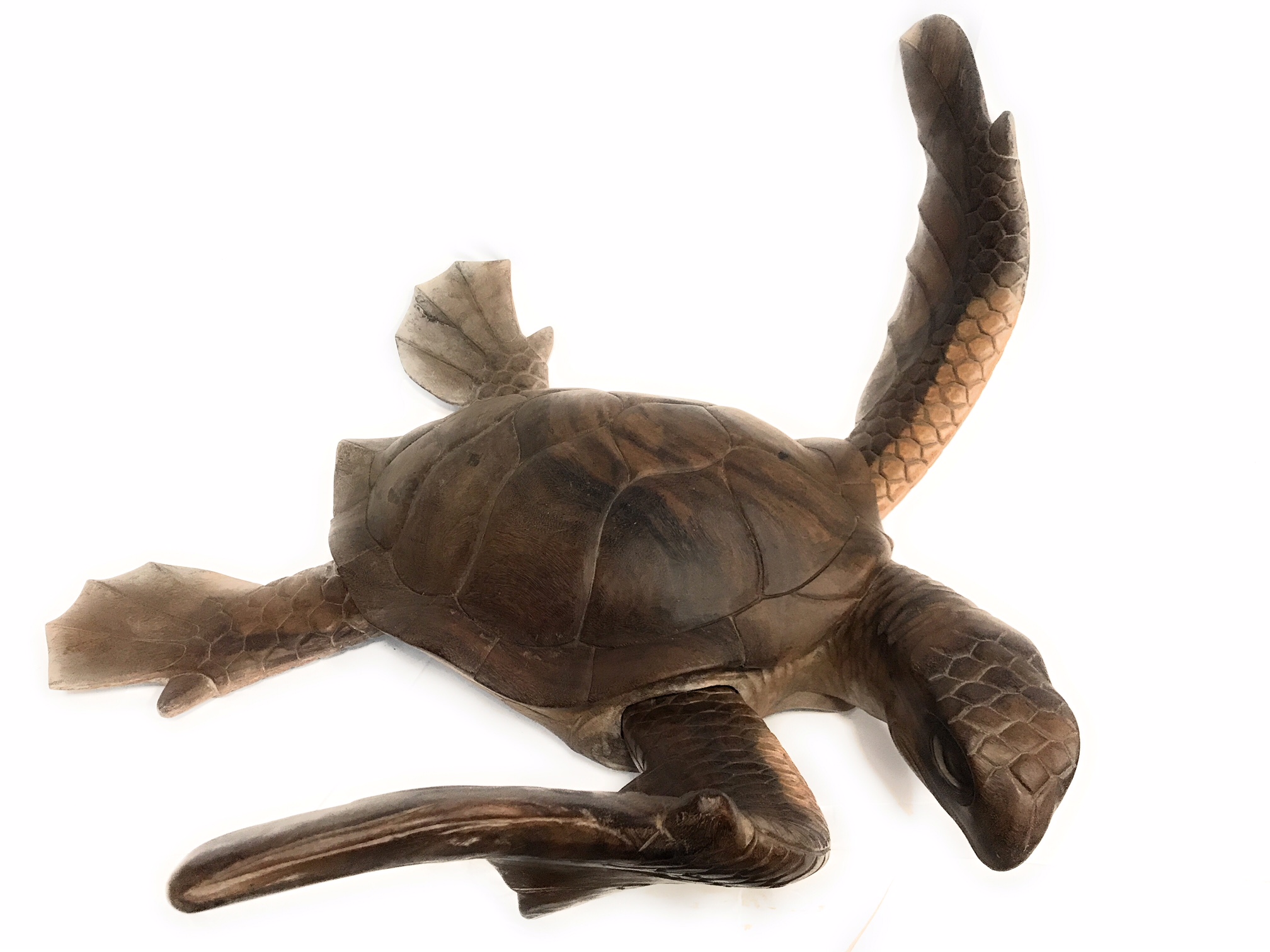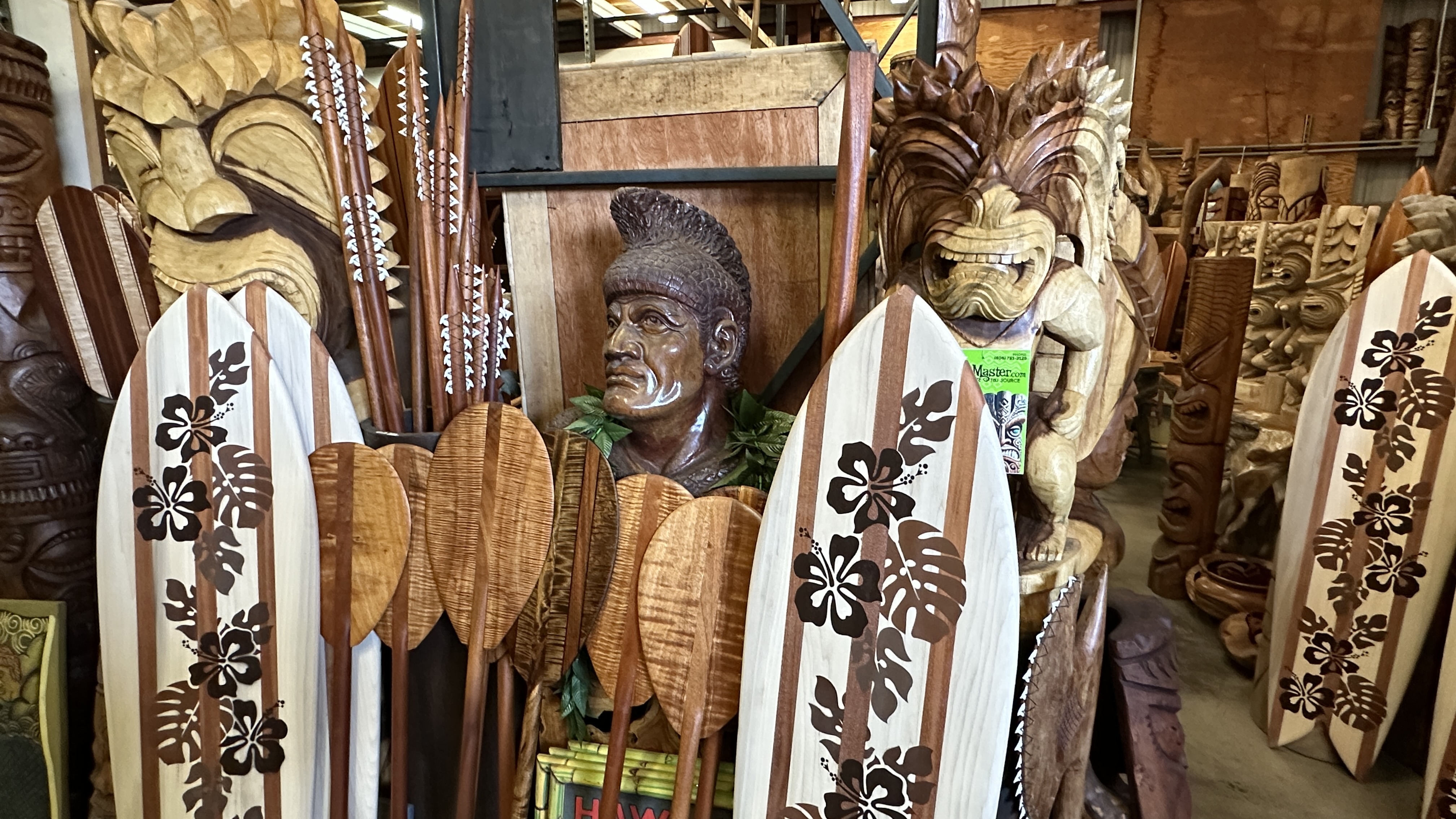Chief Of War © - Hawaiian Weaponry
Hawaiian weaponry is a fascinating aspect of the island's rich cultural heritage. These ancient tools of war were crafted with skill and ingenuity. They reflect the resourcefulness of the Hawaiian people.

Nicola Dove/Courtesy of Apple TV+
The
Weapons like the
Click HERE to view Tikimaster's collection of Hawaiian war clubs.

The

Hawaiian warriors were known for their bravery and skill. Their training began at a young age, focusing on strength and combat. This dedication ensured their effectiveness in battle.
The Role of the Chief of War in Hawaiian Society
In ancient Hawaiian society, the

The
Key responsibilities of the
- Maintaining the morale and discipline of the warriors
- Negotiating alliances with neighboring islands
- Organizing the warriors for battle
The chief’s wisdom and courage inspired the warriors. They were not just military leaders but also influential figures. Their decisions impacted both war and peace.
Materials and Craftsmanship of Ancient Hawaiian Weapons
The craftsmanship of these weapons reflected the Hawaiians' skill and artistry. Each weapon was carefully designed for both functionality and beauty. This attention to detail showcased their resourcefulness and cultural pride.
Click HERE to view Tikimaster's Sailfish bill war clubs.

Key materials and characteristics included:
- Wood: Koa tree wood, valued for strength and sacredness
- Shark teeth: Sharp and symbolically tied to the ocean
- Stone: Used for making durable, edged weapons
Hawaiian weapons were not merely tools of war. They were expressions of identity and tradition, passed down through generations.
Iconic Ancient Hawaiian Weapons
Hawaiian weaponry was diverse and uniquely suited to the islands' terrain. These weapons played crucial roles in warfare and symbolized power and skill.
The Hawaiian

Another significant weapon was the
The
Click HERE to view Tikimaster's collection of Hawaiian Koa spears.
Hawaiian fighters also used knuckle dusters in close combat. These brass-knuckle-like weapons augmented their fists' striking power. Warriors valued them for hand-to-hand skirmishes.
Another standout weapon was the

Each weapon had distinct characteristics and purposes:
Koa Spear : Symbol of strength; used in competitions and battleWar Club : Versatile and powerful; also used in ritualsLeiomano andShark Tooth Club : Designed for both offensive and defensive use
In addition:
Knuckle Duster : Enhanced punch power; used in melee combatSailfish Sword : Demonstrated resourcefulness; prized by high-ranking warriors

These weapons were more than just tools. They embodied Hawaiian culture and ingenuity, leaving an enduring legacy.
Koa Spear
The

Warriors used it skillfully, whether thrusting or throwing. It was essential during battles and in spear-throwing contests.
Click HERE for Tikimaster's Polynesian war clubs - Battle Axe.
War Club
The Hawaiian

Its dual purpose made it a valuable asset. Warriors used it for striking and deflecting attacks in battle.
Leiomano (Lei o Mano ) and Shark Tooth Club
The
The

Leiomano : Dual-purpose weapon; combined cutting and bludgeoningShark Tooth Club : Feared for its injurious potential; linked to ocean symbolism
Knuckle Duster and Sailfish Sword
Knuckle dusters provided an edge in close combat. They increased the impact of punches, crucial in melee fights.

The
Knuckle Duster : Intensified hand-to-hand combat impactSailfish Sword : Unique and rare; symbolized status and creativity

Training, Tactics, and Warfare
Training for Hawaiian warriors began early in life. Young warriors honed physical strength, agility, and combat skills. Learning to wield their weapons with precision was critical.
War tactics relied heavily on surprise and agility. Hawaiian fighters mastered the terrain to gain an advantage. They used natural surroundings for ambush and strategic maneuvers.
Key elements of Hawaiian warfare included:
- Early and rigorous training for warriors
- Use of terrain for tactical advantage
- Implementing psychological warfare to intimidate foes
Hawaiian warfare was an intricate dance of strategy and skill. Warriors thrived in battle through physical prowess and clever tactics.
Symbolism, Ceremonial Use, and Legacy
Hawaiian weapons carried symbolic meanings beyond their battlefield utility. Each weapon represented an aspect of the island culture and warrior spirit. Their symbolism was deeply rooted in connection with nature and spirituality.
Weapons played a key role in ceremonies and rituals. Chiefs wielded war clubs and swords in dances that symbolized power. Ceremonial uses reinforced the weapons' cultural significance and prestige.

The legacy of Hawaiian weaponry endures in modern culture. Key aspects include:
- Symbolism of strength and spirituality
- Ceremonial roles in dances and rituals
- Cultural legacy and heritage preservation
Conclusion: The Enduring Legacy of Hawaiian Weaponry
Hawaiian weaponry reflects the rich cultural tapestry of the islands. These weapons are not just artifacts; they are symbols of identity and heritage. They showcase the ingenuity and resourcefulness of ancient Hawaiians.
Today, their legacy lives on through cultural preservation and education. By studying these weapons, we gain insights into the values and traditions of a remarkable civilization.






